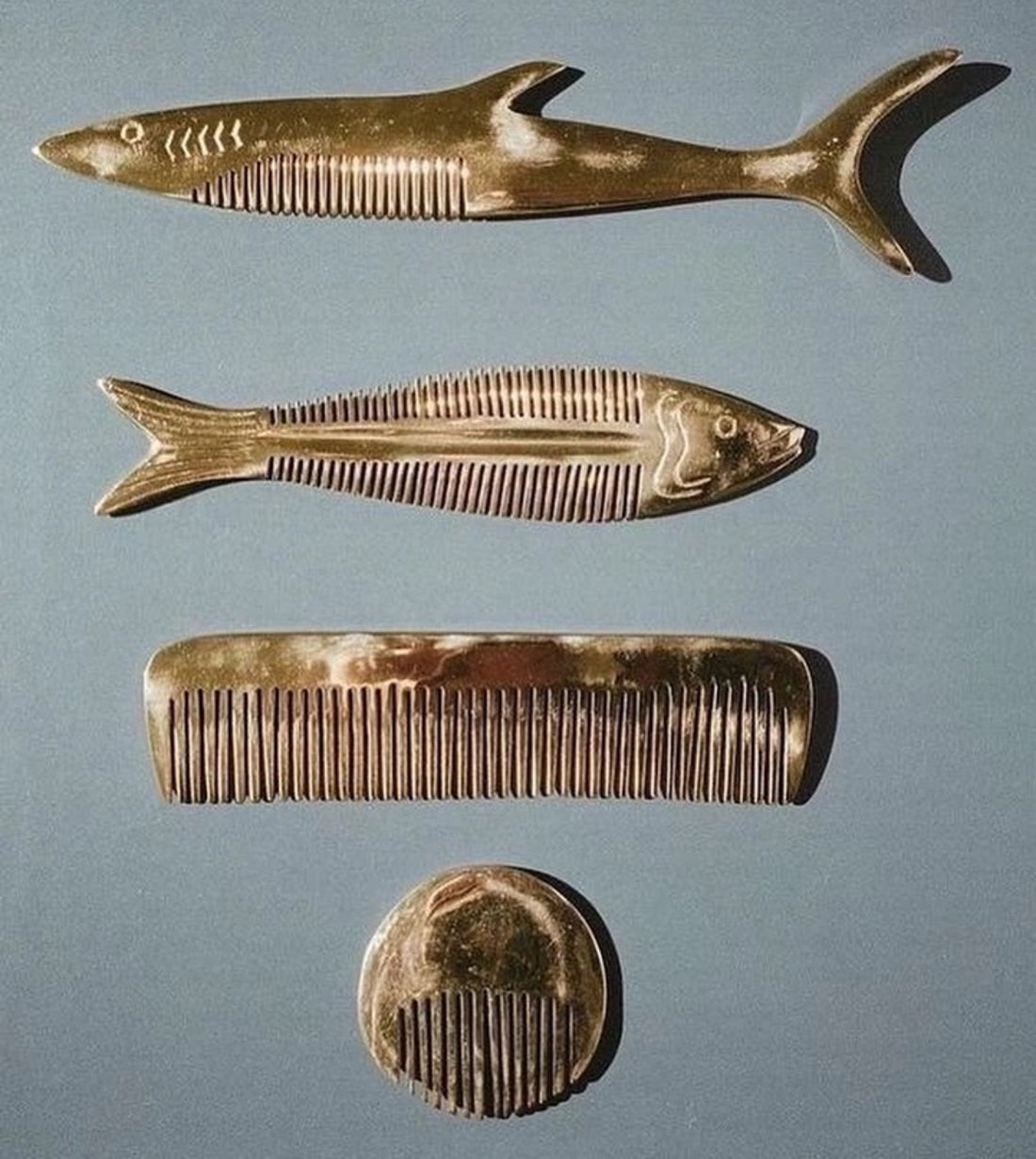The way we begin our mornings really sets the tone for the rest of the day. Ayurveda is known for the art of refining our daily routines and rituals. These are 9 Ayurvedic morning rituals that can help elevate and refine your daily self care practice. Developing a rhythm of self-care isn’t about sticking to a rigid routine or doing something that feels forced, robotic, or overwhelming. As you incrementally assimilate these daily self-care practices into life, they become natural and enjoyable and will do wonders to support your overall well-being. Try them all, mix and match or just choose one at a time. This should be relaxing and nourishing feel good experience.
Step 1
Tongue scraping (follow with brushing teeth)
Tongue scraping cleanses bacteria on the tongue and helps to increases sense of taste. Not only will tongue scraping make your mouth feel cleaner and fresher, but it is also recommended in Ayurveda as a digestive aid. Ayurveda teaches that tongue scraping works reflexively on the tongue, stimulating the agni, or digestive fires. Therefore, it is best to tongue scrape in the morning, to awaken your appetite for the day. Scrap from stop to bottom of tongue approximately 7 times.
Step 2
Teeth oiling
Cleans teeth and gums. Sesame oil is a great source calcium for the teeth. Strengthens and tones the muscles in the face. Oil swish for 10-15mins.
Step 3
Eye wash
One of the ways we preserve the longevity of something is by keeping it clean. This applies to our eyes and vision, and eye bathing is another of the daily self-care practices that is a wonderful way to take care of one of your most vital sense organs.
You may have tried rinsing your eyes with a saline wash. Ayurvedic eye bathing is quite similar, except it uses a combination of purified water and rose hydrosol. According to Ayurveda, the eyes are linked to the fire element and to pitta dosha. Roses are cooling, nourishing, and help balance out the excess fire. Especially good for soothing tired or irritated eyes from long hours of working in front of a computer. Eye bathing can be done in the morning or evening. Cleanse one eye at a time. Add eye wash to eye cup. Tilt head downward and place the eye cup on the eye. Holding the eye cup on the face, tilt head up and blink eyes 3 times. Remove and pat eye dry with face towel. Repeat on the other side.
Step 4
Hairoiling with Champi Ayurvedic head massage
Nourishes scalp and hair. Stimulates circulation. Reduces the signs of aging, slows down the aging process. Promotes hair growth, stops hair fall, strengthens and softens hair. Start by applying oil to the scalp and massage using fingertips. Next, add oil to the palm of your hands and apply onto mid-lengths and ends. brush hair from root to ends. Leave on for 15-20mins. Shampoo and condition.
Step 5
Kansa wand facial with marma points self massage
Using the ancient Ayurvedic beauty tool this ritual enhances circulation and stimulates lymphatic drainage in the face and neck. Marma points stimulates circulation and increases energy flow where it has become stagnant. Reduces the signs of aging.
Step 6
Ear oiling
Nourishes and strengthens ear passageways for anti-aging and longevity. Add 3-5 drops into each earlobe. Massage ears with fingers in circular motion.
Step 7
Nasya (Nasal Oiling)
This ancient ayurvedic practice not only clears out your nasal passages by sweeping away excess mucous and potential allergens, but it also helps clear the mind. The nose is known as the gateway to the brain. The oil is infused with herbs that help nourish the brain, head and nasal passages. Calming the mind, strengthening the nervous system and lubricating the nasal passages. This is done while lying down with you head tilted back. Add 3-5 drops into each nostril while inhaling. Keep you head tilted back 5-10mins. Follow with taking a shower. If you feel the oil come done into your throat it is ok to spit it out.
Step 8
Garshana (Dry Brushing)
Dry brushing should be performed on dry skin before bathing. This practice eliminates dead skin cells, enhances circulation, stimulates the flow of lymph, and aids in detoxification. Begin at the bottoms of the feet and move upward toward the heart with gentle circular strokes. Brush both sides of the hands and move up the arms to the shoulders. Brush the torso area including the back.
Step 9
Abyhanga (Self Body Massage)
This daily self-care practice constitutes applying warm oil to your entire skin surface from head to toe. It can take just a couple of minutes or be as leisurely and luxurious as you have time for. This practice calms the nervous system and promotes mind-body connection, mindfulness, kindness, love and compassion to yourself. Using Ayurvedic oils specific to your Dosha, feel the medicinal effects from the herbs on your body relaxing tension and pain. Follow with a steam shower to open the pores and allow the herbal medicine to penetrate deeper into the body. Abhyanga is classically performed before bathing. In order to do this self-care practice, massage oil into your skin some 20-30 minutes before taking a bath or shower. After giving your skin time to absorb the oils, bathe as usual, only soaping as needed.
